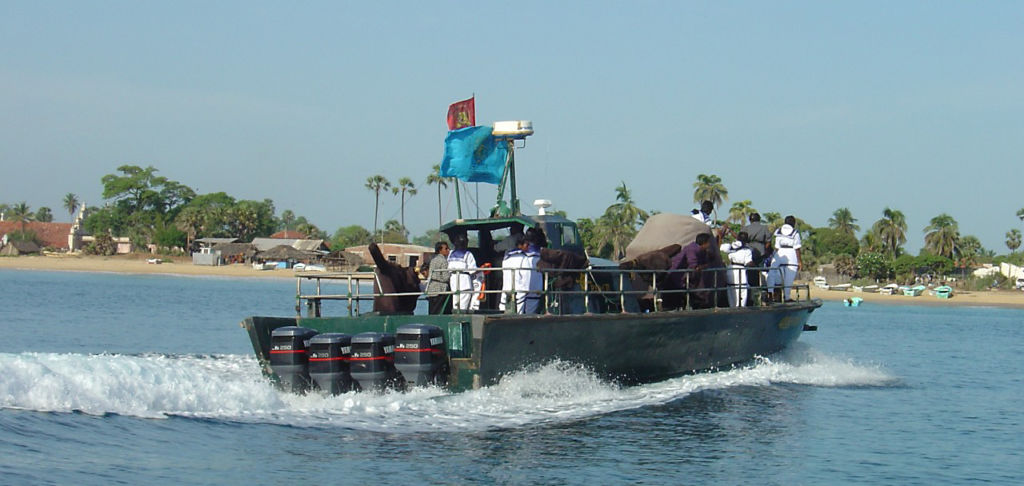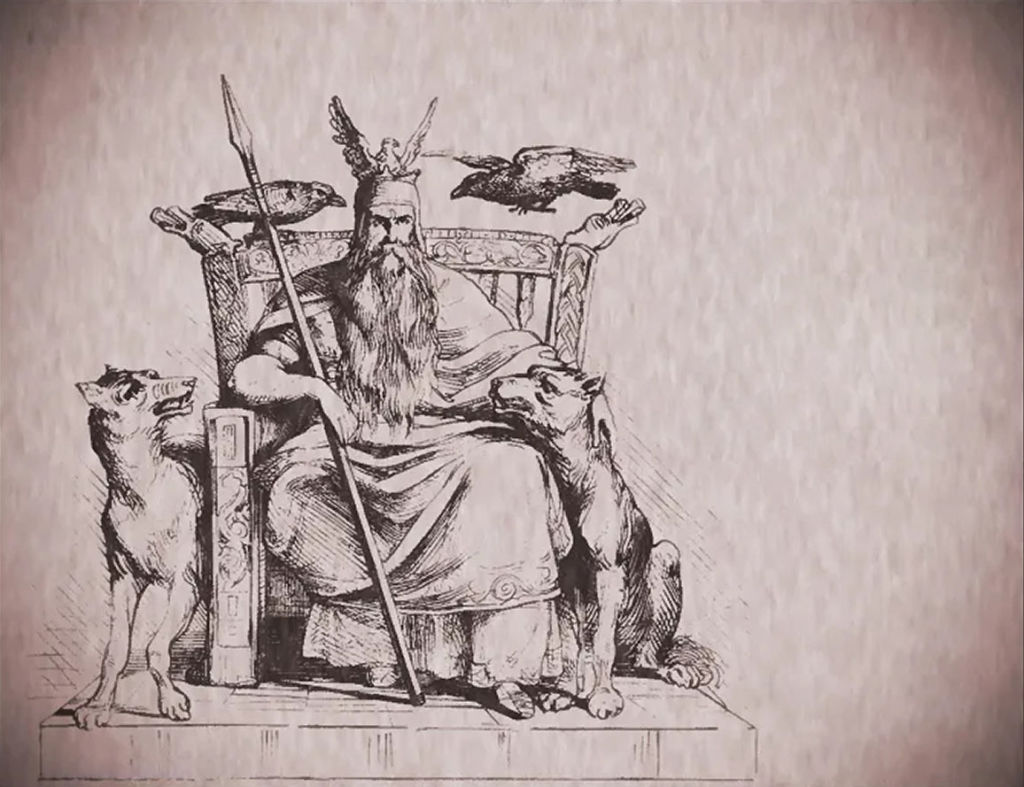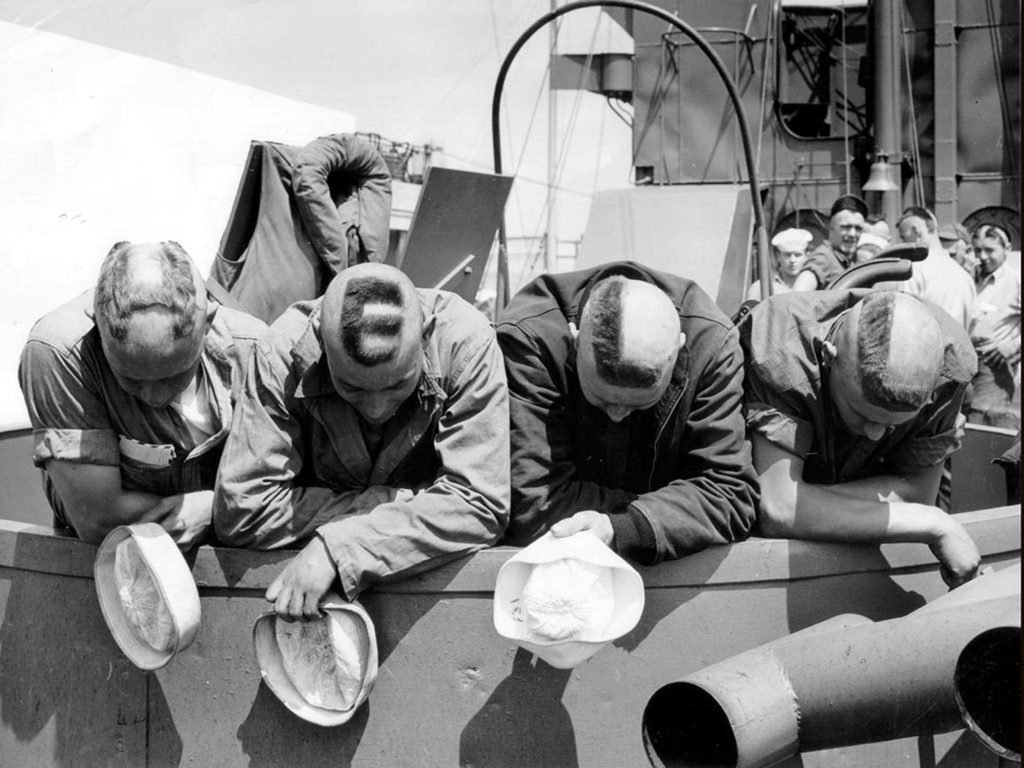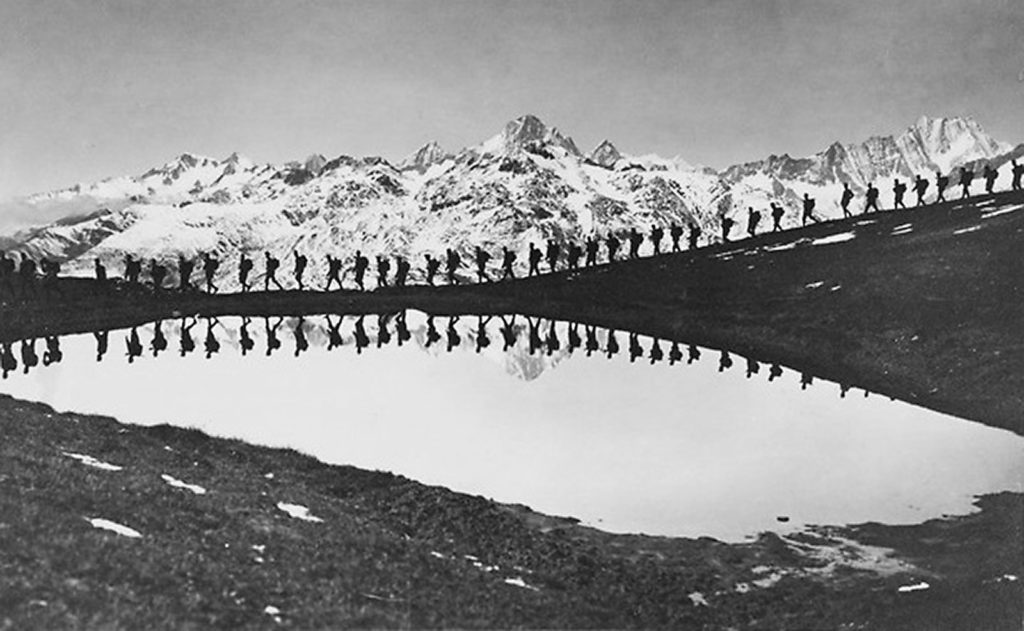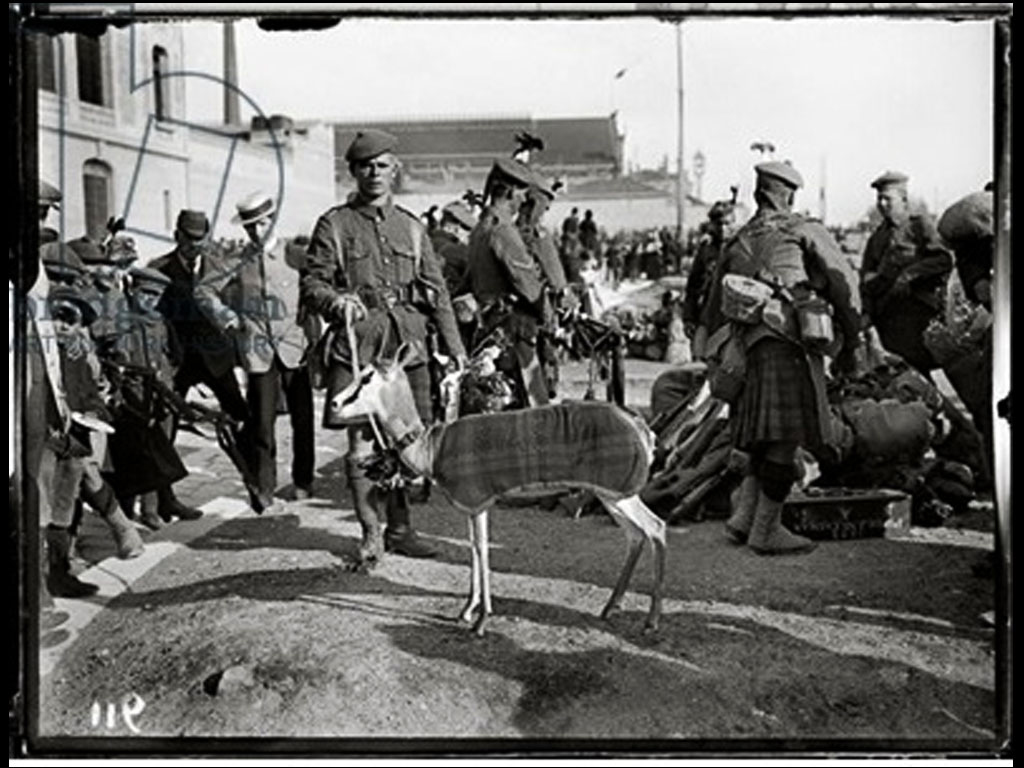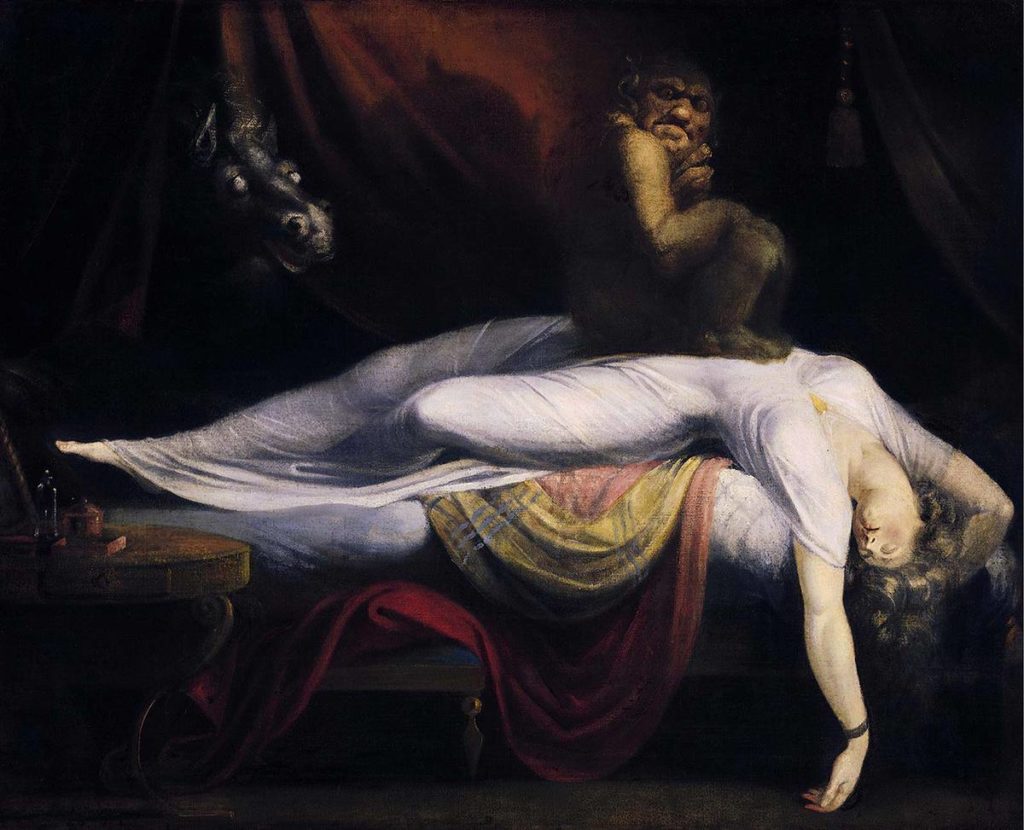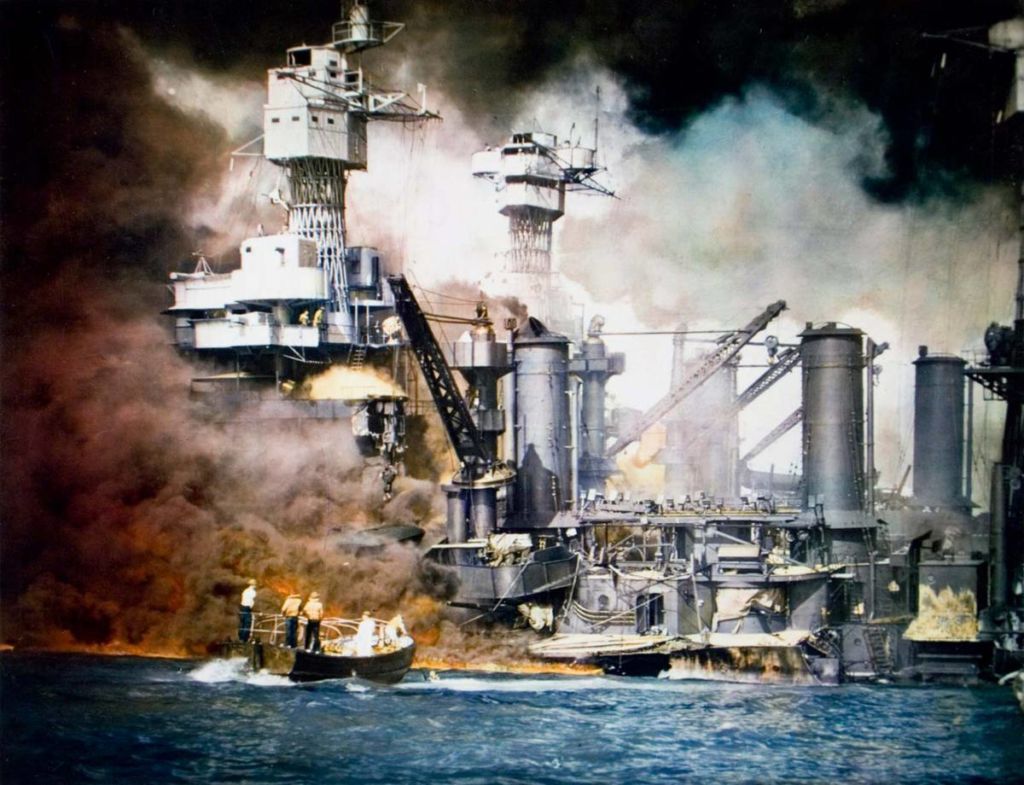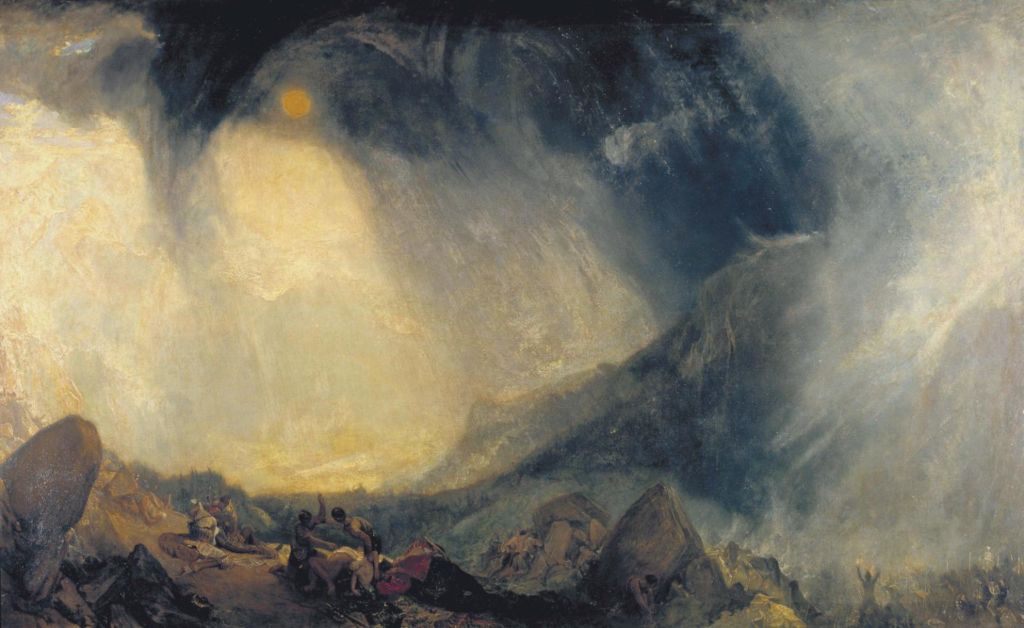An inventory of over two hundred names. Names of political figures, journalists and scientists, all lined up in spreadsheets detailing their positions on glyphosate, pesticides and even genetically modified organisms (GMOs). Revealed in early May, these documents, which date back to 2016 and make up the “Monsanto file”, have provoked yet another scandal implicating the agro- and biochemical industry giant. With citizens around the world gathering last May 18 for the seventh march against agrochemical corporations, French-Venezuelan artist Mathieu Asselin’s photographic investigation into Monsanto appears more pertinent than ever.
Mathieu Asselin’s double status as an artist and photojournalist enables him to regularly publish his photographs in a number of international newspapers and magazines (The New Yorker Magazine, Géo Magazine, Freitag, Paris Match, El Pais, Altair, Gente, Razor Magazine, Le Monde). His work, which delves into social topics, consists primarily of long-term photographic investigations: in 2004 he traveled to Madrid for a photo essay on the Las Barranquilas slum, which, prior to being torn down, was considered the biggest drug market in Europe. Similarly, in 2011, he shot a series on the tornado damage in Joplin, Missouri (USA), on May 22 that same year.
To complete his project Monsanto®: A Photographic Investigation, he spent five years investigating in the USA –where the Monsanto company headquarters are located—as well as in south Vietnam, where the American army sprayed the infamous Agent Orange (an acid-based herbicide) for more than ten years during the war between 1963 and 1975, causing the long-term contamination of nearly ten percent of the country’s territory.
The photographs, taken on location, provide an oppressive portrait of the devastation caused by this chemical industry giant. What is particularly hard to see are the suffering bodies of the genetically deformed, families in mourning and the sterile farmland, all testaments to the numerous high-contamination zones and thousands of victims generated by Monsanto’s range of products: PCB, pesticides, glysophate, GMOs and of course, Agent Orange.
Mathieu Asselin also exhumed and consulted hundreds of documents—press clippings, verdicts, films, eyewitness accounts—that dramatically illustrate and emphasize the fraudulent practices perpetuated by the Monsanto company for nearly a century in order to secure its dominance throughout the world. From the archives came marketing goodies (card games, ashtrays, necklaces, wallets), advertisements that are so absurd they practically seem like a joke today: “Without chemistry, Life itself would be impossible”, “There really is not much difference between foods made by Mother Nature and those made by man”, or even images from the Monsanto House of the Future, a Tomorrowland ride built at Disneyland, California, whose entire structure was made of plastic, at a time when society was eager to pursue polychlorinated biphenyls (PCBs).
These documents are strong evidence of the company’s involvement in disinformation campaigns, political corruption and the individual oppression of whistleblowers seeking to address such crucial topics as public health and food security. In the sadly famous case of Anniston, Alabama, a city-turned-ghost town after becoming the dumping site for a local factory’s toxic waste, internal documents from 1970 reveal Monsanto’s intention—as the factory’s owner for forty years—to keep popular opinion in the dark about the effects of PCBs, and reveal how scientific studies were manipulated.
According to the American Environmental Protection Agency (EPA), some 530 tons of PCBs were dumped for decades into Snow Creek River, which cuts through Anniston from north to south, and at least 5000 tons were dumped into wild open-air landfills. And yet it wasn’t until 1995 that the local inhabitants discovered the extent of these dangers. Mathieu Asselin photographed their bulldozed houses, the abandoned parks and gas stations, but also the last remaining witnesses to this tragedy, such as David Baker standing at his brother Terry’s tombstone, who died at 16 from complications related to a brain tumor and lung cancer traced to PCB exposure.
In exhibition form, the piece Monsanto®: A Photographic Investigation presents itself as a walk where the scales are reversed, hitting the visitor like a whip: photos of deformed fetuses reach up to the ceiling, a backwards newspaper article fills an entire wall, Monsanto ads appear framed, one after the other, like a collection of funny little vignettes, and piles of newspapers with dollar covers (published on newspaper by the artist) lie on pallets, free for the taking. The archives alter in proportion and status, combining with the photographs to a dauntingly effective degree. Seductive at first, the walk immerses the visitor in an increasingly intolerable universe: the dark side of Monsanto.
Cover: Mathieu Asselin at his exhibition Monsanto, Une enquête photographique (Monsanto: a photographic investigation), at FOMU, the Antwerp Photography Museum, 2018
Translation by Maya Dalinsky

